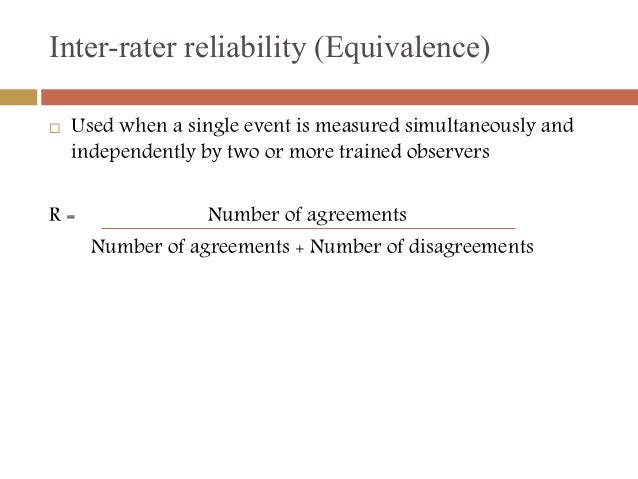

There was a 2:1 ratio of female to male patients. Spearman's rank correlation coefficient was used to measure the convergent validity of cross-sectional scores between the 2 instruments. The criterion validity was calculated using sensitivity, specificity, and positive predictive value (PPV) of a grade of A in any system. The interrater reliability was assessed using intraclass correlation coefficients. The validity study included 294 patients in 5 centers in the first phase and 65 patients in 3 centers in the second phase. In the first phase of the reliability study, 123 adult myositis patients were evaluated in 7 centers, and in the second phase 40 patients were evaluated in 2 centers. Two phases of the study were conducted to assess the reliability and validity of the tool, which was modified following the first phase.

Both adolescents and adults underestimate the time spent on sedentary behaviours and overestimate the time spent on physical activities.To test the interrater reliability and validity of the Myositis Disease Activity Assessment Tool, which consists of the Myositis Intention-to-Treat Activity Index and the Myositis Disease Activity Assessment Visual Analog Scales. The validity of the AQuAA compared to an accelerometer is poor. Reliability of the AQuAA is fair to moderate. Compared with the Actigraph, time spent on all physical activities was significantly higher according to the questionnaire (except for light intensity activities in adolescents), while time spent on sedentary behaviours was significantly lower. The correlations between the AQuAA and Actigraph were low and nonsignificant. In adults the test-retest reliability was fair to moderate for the time spent on sedentary, light and moderate intensity activities (ICCs ranging from 0.49 to 0.60), but poor for time spent on vigorous activities (ICC = -0.005). In adolescents the test-retest reliability was fair to moderate (intraclass correlations (ICCs) ranging from 0.30 to 0.59). In the validity study, 33 adolescents and 47 adults wore an accelerometer (Actigraph) during two weeks, and subsequently completed the AQuAA.

In the test-retest reliability study, 53 adolescents and 58 adults completed the AQuAA twice, with an interval of two weeks. The AQuAA is a commonly used questionnaire in Dutch youth. We evaluated the test-retest reliability and construct validity of the self-report Activity Questionnaire for Adults and Adolescents (AQuAA). Accurate measures of physical activity are highly needed.


 0 kommentar(er)
0 kommentar(er)
